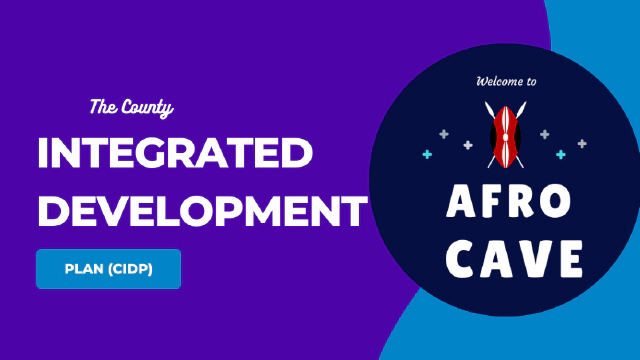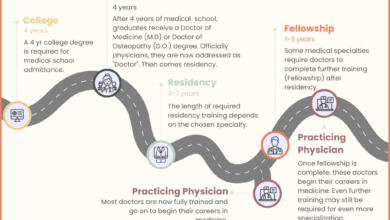What Is County Integrated Development Plan? A Simple Guide Even Kids Can Understand

When you hear the words what is county integrated development plan, it might sound big and confusing. But don’t worry, it’s actually not that hard to understand! A County Integrated Development Plan (CIDP) is a big plan that a local government makes every five years. This plan shows how the county will grow and take care of things like schools, roads, hospitals, clean water, jobs, farming, and the environment. It’s like a map that helps the county move forward and help people live better lives. The plan is made by listening to what the people in the community need and want. Then, leaders use that information to decide what to build, fix, or improve.
In short, what is county integrated development plan really means a plan that brings together everything a county wants to do for its people. This plan helps make sure money is used in the best way and that all parts of the county get help, not just the big towns. For example, if a village needs clean water, the CIDP can include a project to build a water pump. If a school has no roof, the plan might say it should be fixed. It also helps to make sure there are enough health workers, police officers, or even trees planted to make the environment cleaner. Without this plan, it would be very hard for a county to grow properly. It’s like trying to build a house without a blueprint — things would go wrong quickly. That’s why every county in Kenya, and many other places, must create this plan to guide how they grow and help their people.
What Is County Integrated Development Plan and Why Should You Care?
A County Integrated Development Plan is a plan that helps counties grow in a smart way. It tells what the county wants to do in the next five years. It includes things like building schools, fixing roads, planting trees, and making sure people get clean water. This plan helps leaders know what to work on first. You should care because it’s about your home! It affects where you live, where you go to school, and even how safe your area is. When the county has a good plan, everyone can live a better life. People get better services, and the money is used wisely. The plan is made by listening to the people’s needs. So your voice matters too! If you don’t care, you may miss a chance to help make your town or village better. That’s why this plan is very important for everyone.
How a County Integrated Development Plan Changes Daily Life
The county development plan is not just a paper — it helps people in real life! When the county follows this plan, roads get smoother, schools get books and desks, and hospitals get medicine and doctors. Farmers can get help with seeds and water for their crops. If your home floods when it rains, the plan might fix that too. It helps people live safer, healthier, and happier. This plan can also bring lights to streets, jobs to young people, and clean water to homes. So the small things that make life hard can be fixed one by one. It may take time, but the county knows what to do because of the plan. Without it, leaders may forget what people really need. So, this one plan can really change the way you live every day — from walking on better roads to learning in better schools.
Who Makes the County Integrated Development Plan and How It Works
The people who make the County Integrated Development Plan are the county leaders, planners, and you — the people who live there. Yes, you! The leaders hold meetings and listen to what families, farmers, teachers, and business people say they need. Then they write the plan based on these ideas. The plan must follow rules from the national government too. After writing, it is shared so more people can check and give their views. When it’s ready, it becomes an official guide. The leaders follow it to decide how to spend money and which project to do first. It’s like using a big checklist. If it says build a school, they build it. If it says fix roads, they do it. It helps stop wasting time and money. Everyone knows what’s important and what’s coming next. That’s how the plan works!
Real-Life Examples: How Counties Use CIDPs to Help People
Many counties in Kenya use the CIDP to make real changes. For example, some counties have used their plan to build new hospitals in villages where people had to walk very far. Others have added more classrooms and toilets in schools to help kids learn in comfort. Farmers have been given water tanks and farming tools to help grow food. In towns, some counties planted trees and cleaned markets to make life healthier. Street lights have been added in dark places to stop crime. Even small things like benches in bus stops or fixing drainage in rainy areas are part of the CIDP. These are not just ideas — they happen because the county followed the plan. So when the county listens, plans, and does the work, people feel the change. These good results show that a strong plan makes a strong and happy county.
Why Every Five Years Matters in a County Integrated Development Plan
Every five years, the county looks at what it has done and what still needs to be done. That’s when a new County Integrated Development Plan is made. A lot can change in five years — more people are born, new houses are built, and old problems need new solutions. This five-year cycle gives the county time to focus, plan, and act. If a road project takes three years, the plan gives it space and time. If a town needs a new health center, the county can plan how to build it step by step. After five years, they check what worked and what didn’t. Then they make a better plan for the next five years. It’s like planting a tree and coming back later to see if it’s grown. That’s why these five years matter so much — they are the time to make real change happen.
From Roads to Schools: What Is Included in a County Integrated Development Plan
The County Integrated Development Plan includes many things to help people live better. It has ideas for schools, like building more classrooms, giving books, or training teachers. It also includes roads, so people can travel safely and quickly. Clean water is also part of the plan, like fixing pipes or digging new wells. Hospitals, clinics, and medicines are included too. The county thinks about farmers, businesspeople, youth, women, and even people with disabilities. Some plans also talk about planting trees or protecting rivers. If there’s a market, the plan might say to fix the floor or add toilets. It also includes safety — like street lights or police stations. So, from small to big, many parts of life are in the plan. It’s like a big to-do list for the county to help all people live well and grow together.
Conclusion
A County Integrated Development Plan is like a smart helper for the county. It tells leaders what to fix and where to help. It brings better roads, clean water, good schools, and more jobs. People’s lives become better when the plan is followed.
If everyone understands the plan and shares their ideas, the county can grow stronger and happier. It’s not just for leaders — it’s for you too! So let’s all learn about it and help shape our future together.
FAQs
Q: What is a County Integrated Development Plan?
A: It is a five-year plan made by the county to help improve things like roads, schools, health, and jobs.
Q: Who helps make the County Integrated Development Plan?
A: County leaders, planners, and local people like you give ideas and help create the plan.
Q: Why is the plan made every five years?
A: Because things change, and the county needs a fresh plan to solve new problems and keep improving.
Q: What does the plan include?
A: It includes projects for roads, schools, hospitals, water, farming, safety, and more.
Q: How can I be part of the County Integrated Development Plan?
A: You can attend public meetings, share your ideas, and help leaders know what your community needs.



